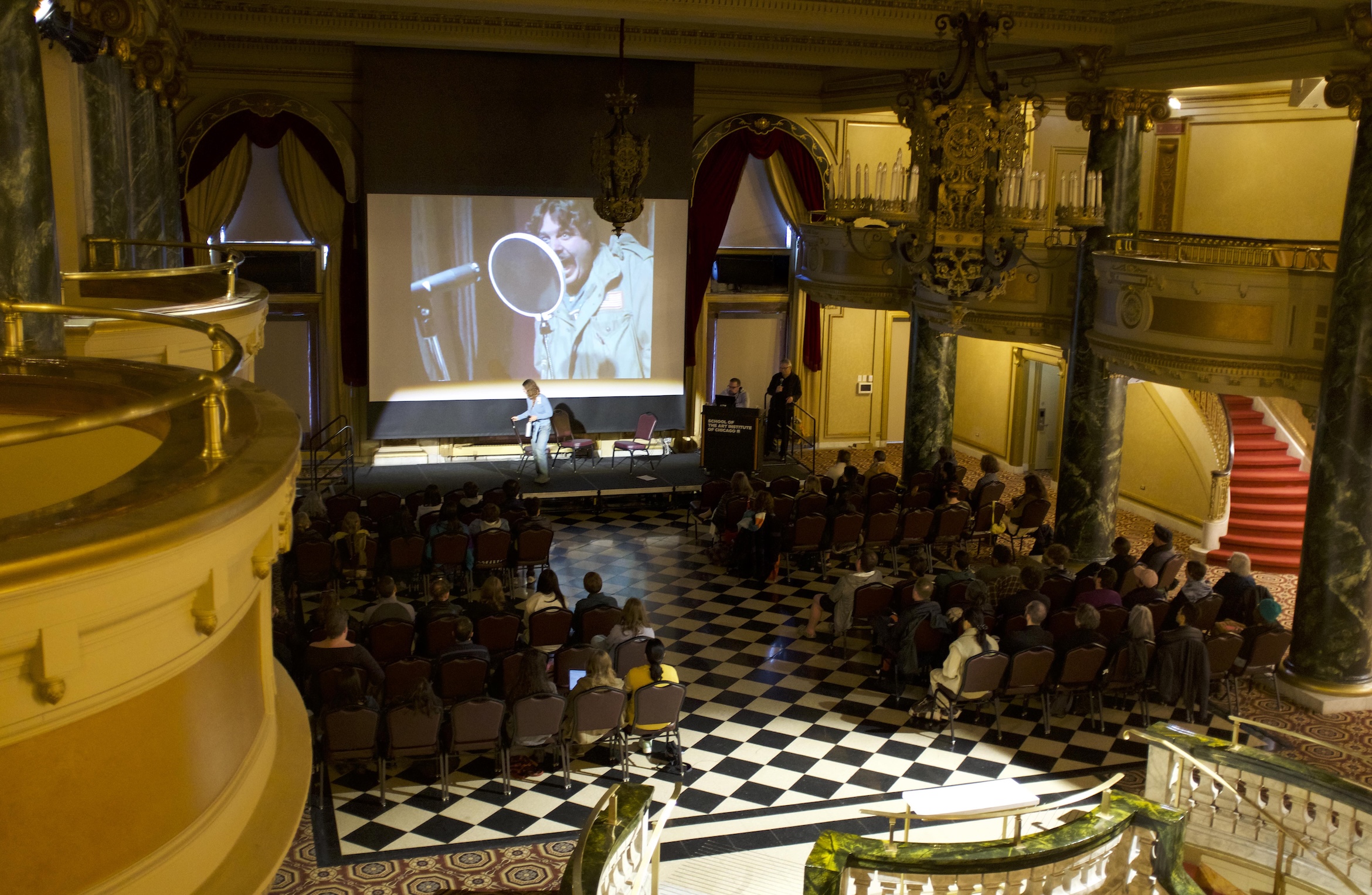Gaylen Gerber
Gaylen Gerber’s work as an artist often incorporates the artwork of other artists in its realization. Gerber asks other artists to cooperate with him and let their work be installed against the ground he provides. In doing so he focuses our attention on a central aspect of perception, which is that to perceive something at all you must first be able to perceive it as distinct from its context or background. By positioning his work as the contextual ground against which we see other activities or another work of art, Gerber draws attention to the permeability of the distinctions between object and context and fundamentally questions the stability of perception itself. Gaylen Gerber has exhibited widely. including surveys of his work at the Arts Club of Chicago, Chicago, Illinois (2018); the Museé d'Art Moderne Grand-Duc Jean, Luxembourg (2006); and The Renaissance Society at the University of Chicago, Chicago, Illinois (1992); monographic and cooperative projects include Oslo Biennalen 2019-2024, Oslo, Norway; Kunsthaus Bregenz, Bregenz, Austria (2016); Whitney Museum of American Art, New York, New York (2014); The Museum of Contemporary Art, Chicago, Illinois (2013); Museé des Beaux-Arts, Dijon, France (2005); The Art Institute of Chicago, Chicago, Illinois (2002); Kunstverein Munich, Munich, Germany (1996); Documenta IX, Kassel, Germany (1992).
Education
MFA, School of the Art Institute of Chicago, 1980
Notable Classes Taught:
Gaylen Gerber has taught and created numerous classes at SAIC. Arguably the most notable are the two seminars Conceptual Approach and Visual Language that he created and currently teaches.
Conceptual Approach
This critique-based class addresses a wide range of issues as they arise through the direct experience of the students’ work. Emphasis is given to the correlation between the declared artistic intent of each student and the reception of those intentions as they are embodied in the artwork. Special attention is paid to clarifying how students’ work may be described, contextualized, and documented with the goal of developing a shared critical framework for evaluating a range of different disciplines and approaches that gives students a solid basis to proceed from effectively. The class places an emphasis on extensive experimentation related to studio problems and directions through individual idioms. This course approaches art with a focus on concept, idea, and language rather than percept and expressive intuition. Special reference to contemporary theory including art’s use and function is foregrounded.
Graduate, post-baccalaureate, and undergraduate students are welcome to enroll in this course, and should email the instructor to seek authorization to register.
Visual Language
This critique-based class addresses a wide range of issues as they arise through the direct experience of the students’ work. Emphasis is given to the correlation between the declared artistic intent of each student and the reception of those intentions as they are embodied in the artwork. Special attention is paid to clarifying how students? work may be described, contextualized, and documented with the goal of developing a shared critical framework for evaluating a range of different disciplines and approaches that gives students a solid basis to proceed from effectively after graduation.
Junior and senior-level undergraduate students are welcome to enroll in this course, and should email the instructor to seek authorization to register.
